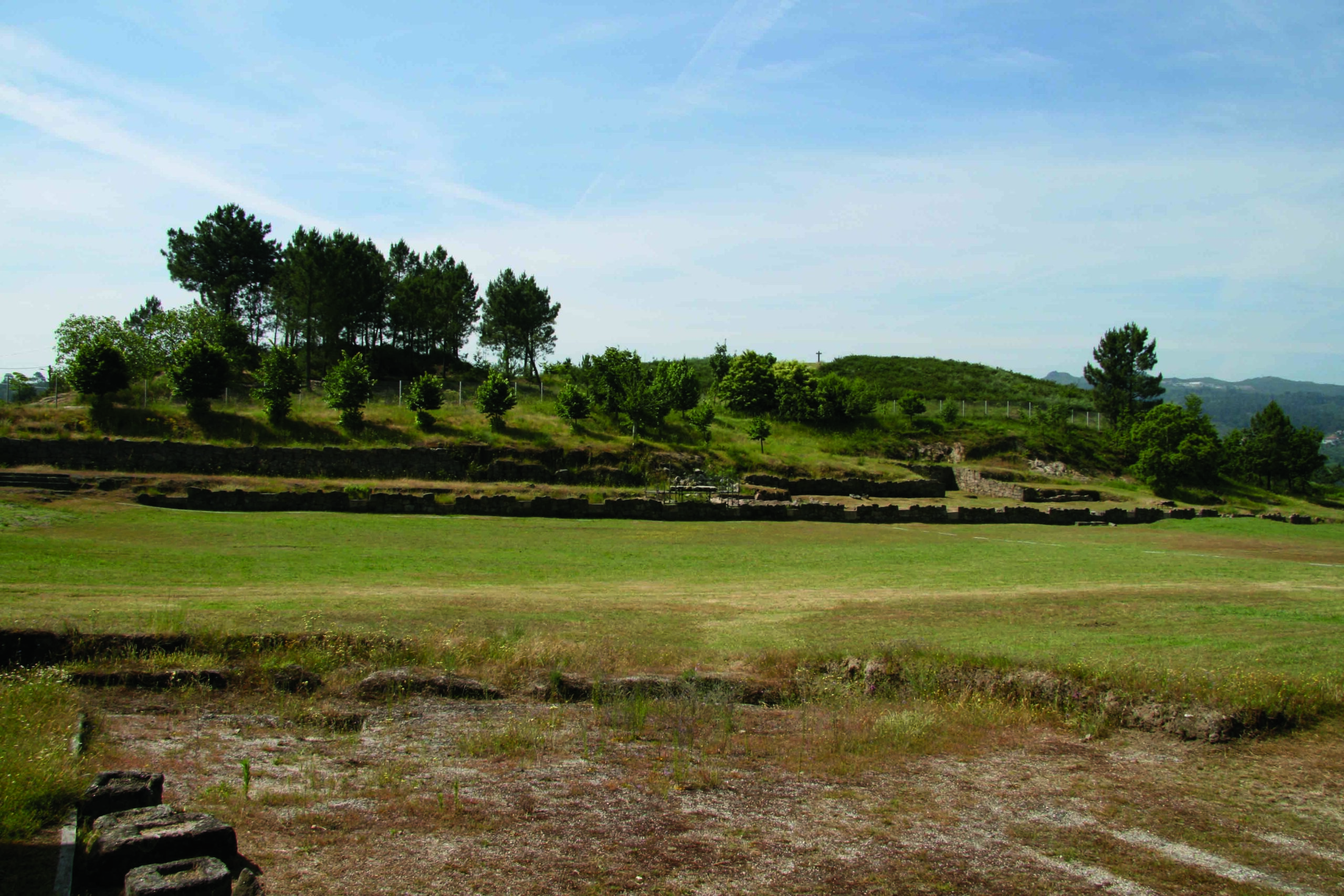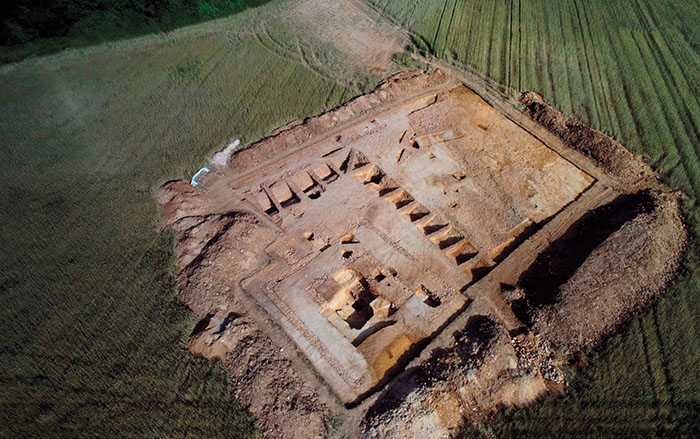
SÄRDAL, SWEDEN—According to a statement released by the University of Gothenburg, a team of researchers led by Serena Sabatini of the University of Gothenburg analyzed an intact plano-convex ingot—a lump of metal with a rounded bottom made for transport and trade. The size and shape of this ingot, discovered in isolation near Sweden’s southwestern coastline, suggested that it dated to the Bronze Age. But analysis of its composition revealed that it was made of an alloy of copper, zinc, tin, and lead usually dated to the Iron Age. “Thanks to the collaborative climate of the archaeometallurgy research world, we teamed up with a group of Polish scholars, who were working with some Iron Age finds which have the almost exact composition of our ingot,” Sabatini said. The similarities could offer new information about trade networks in the Baltic region during the pre-Roman Iron Age, Sabatini concluded. For more on archaeology in Sweden, go to "Setting Sail for Valhalla."












